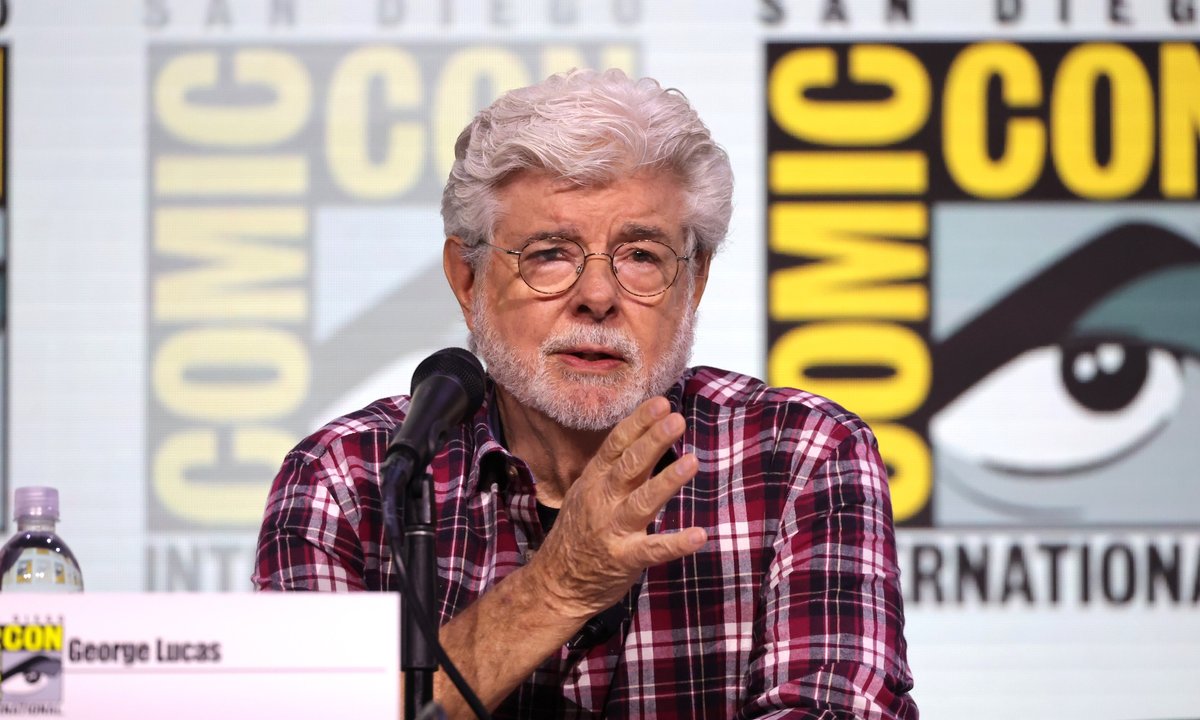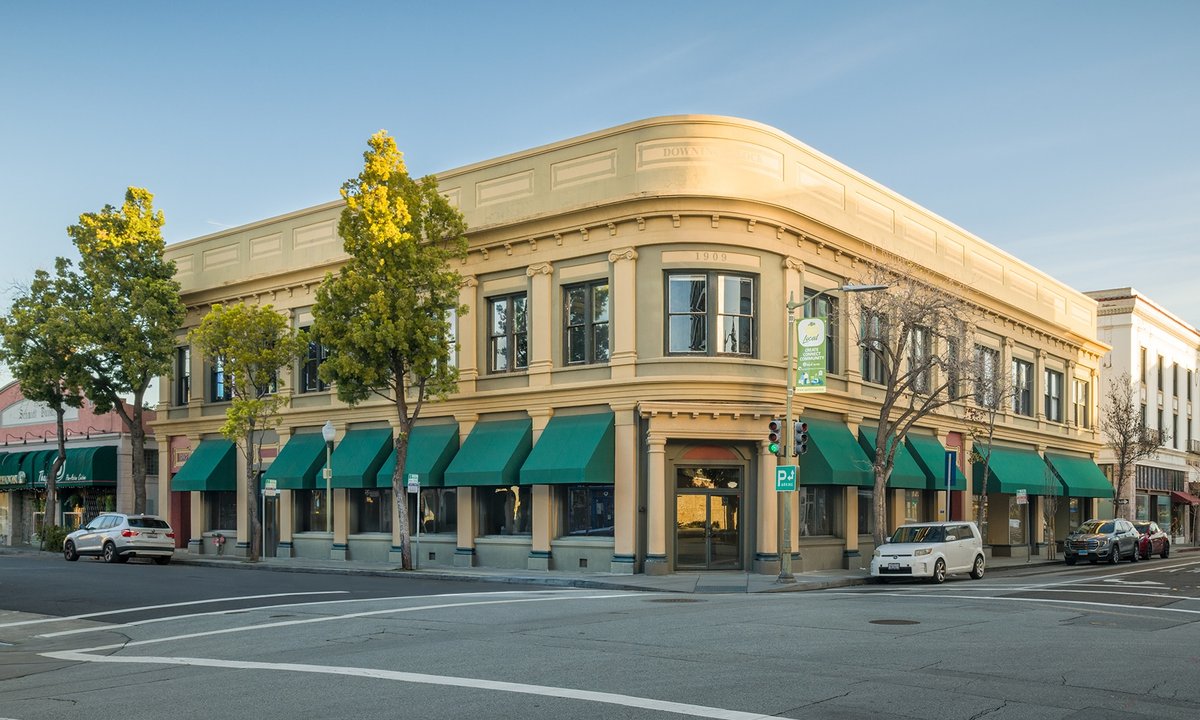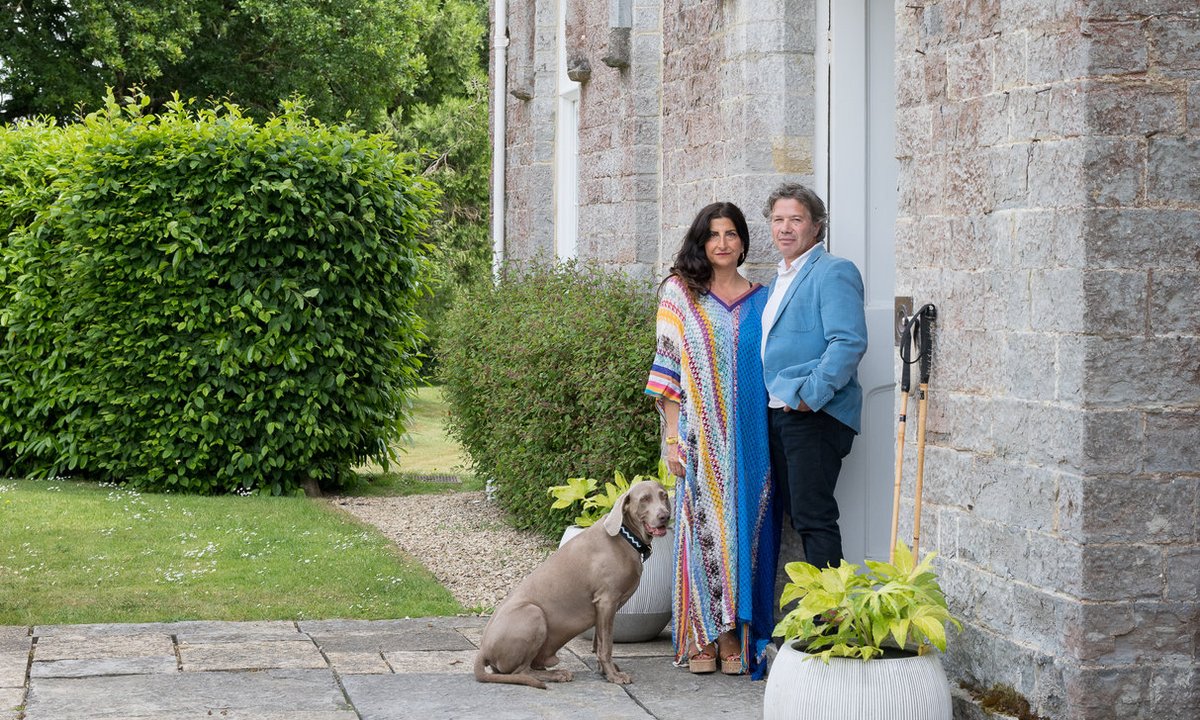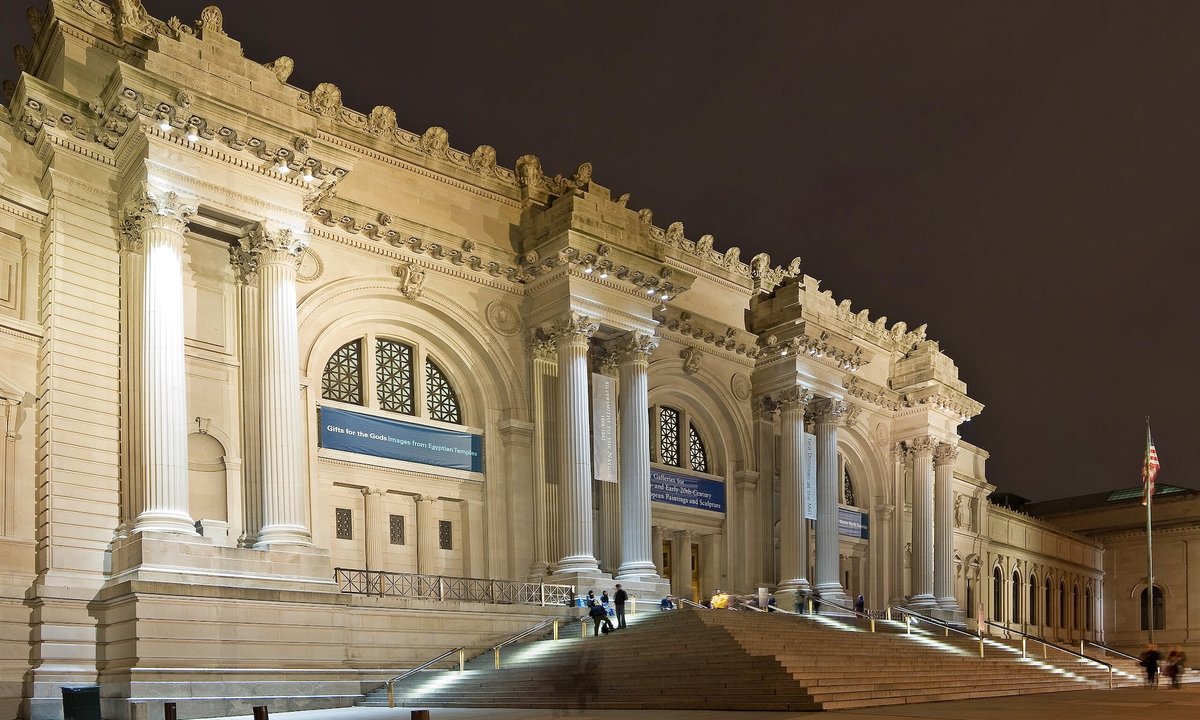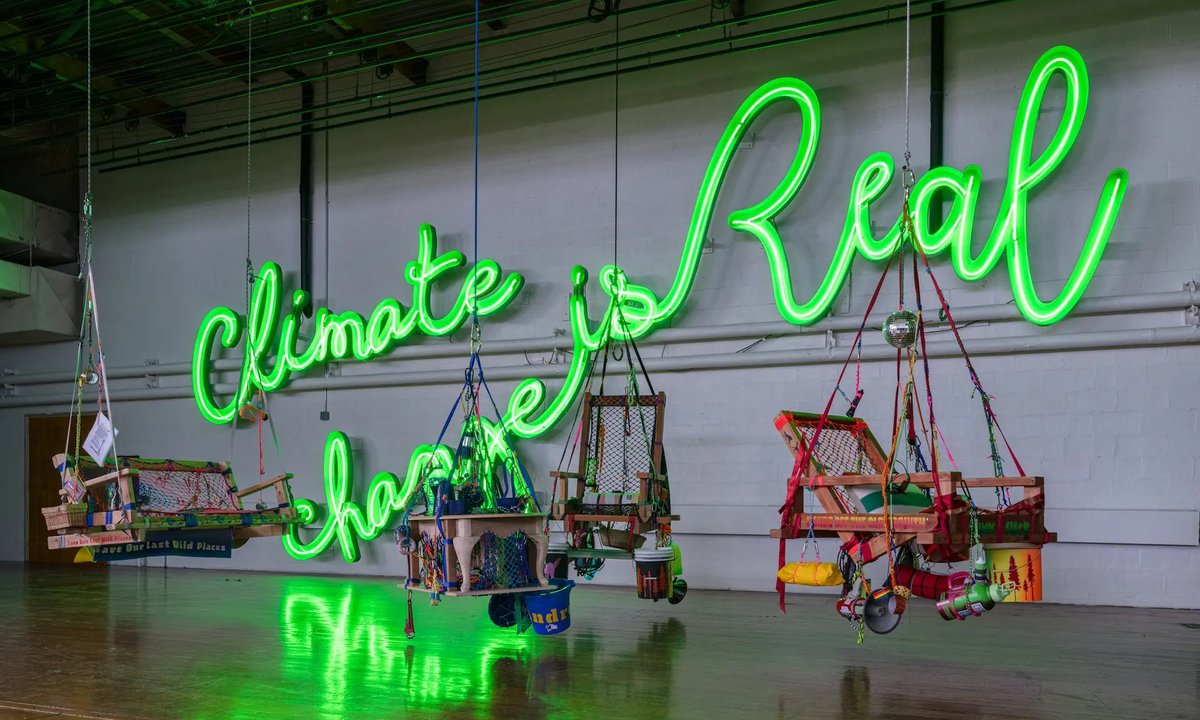June Clark left the US in 1968, the same year anti-war student protesters occupied Columbia University, and riots broke out in major cities including Baltimore, Chicago and Washington, DC, following the assassination of the civil rights leader Martin Luther King Jr. Clark’s husband at the time was fleeing military conscription, and so, in a matter of 48 hours, she said goodbye to her family and friends in New York’s Harlem neighbourhood to find refuge in Canada.
Soon after arriving, Clark started documenting her new home through photography, a practice she learned on her own because women were not allowed to use the darkroom at the University of Toronto, where she worked in administration. By the 1970s, Clark and several other women had founded the Women’s Photography Co-operative, using the basement darkrooms of Toronto’s Baldwin Street Gallery to produce their work, and meeting regularly to support each other and organise their own exhibitions. This spirit of self-sufficiency has been integral to Clark’s decades-long career, especially considering how slow the wider art world has been to take up her work.
That has all changed in recent years, since Clark’s work was included in the Art Gallery of Ontario’s 2016 show Toronto: Tributes and Tributaries, 1971-89. Further exposure came when her art dealer Daniel Faria presented her assemblage works and installations at international art fairs. In 2021, Harlem Quilt—created during a 1996-97 residency at the Studio Museum in New York—was shown at Art Basel Miami Beach. Last year, Perseverance Suite—a new series using farm and domestic tools like irons, rolling pins and shovels—was exhibited at Frieze New York. This summer, Clark has exhibitions at three major Toronto institutions: the Art Gallery of Ontario, the Power Plant Contemporary Art Gallery and the Museum of Contemporary Art (Moca) Toronto. She has also been nominated for this year’s Sobey Art Award, Canada’s highest honour for contemporary artists. Her work is now in the collections of the National Gallery of Canada in Ottawa, the National Museum of African American History and Culture, and the National Gallery of Art, both in Washington, DC, and other major museums.
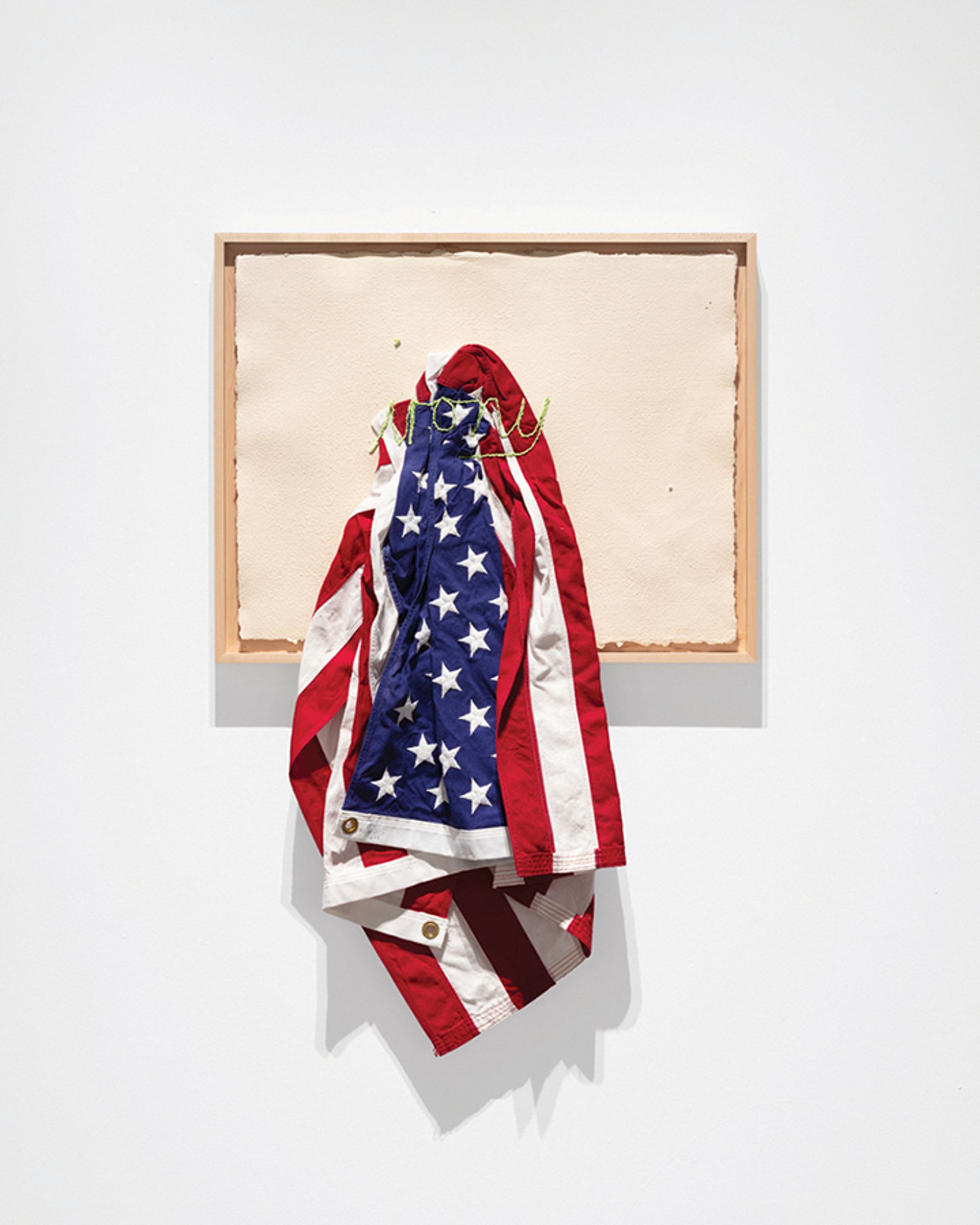
June Clark’s Untitled (irony) (2010)
© June Clark. Photo: LF Documentation. Courtesy the artist and Daniel Faria Gallery
The Art Newspaper: It has been a busy few years for you. How does it feel, getting this long-deserved recognition, not just in Canada, but in the US?
June Clark: I’m still doing exactly what I’ve been doing for the past 50 years—trying to figure out stuff and go through my emotions and make the work that answers those emotions. So, yes, it’s surprising that all of a sudden people are saying, “Oh, I like that” or “This is really moving.” But in fact, for me in the studio, nothing has really changed.
You once said, when speaking about making Harlem Quilt and returning to your old neighbourhood after almost 30 years, that nothing had changed and everything had changed. Do you think that applies to your work too?
Things have changed. Many, many, many more eyes are on it and many more people are commenting about it. I think in terms of what I do and how I see, I’m still walking around picking up rusted pieces of metal off the ground and seeing how they’ll fit in to future works. I look around and still see pieces [of ceramics or household tools] that my grandmother had, and I think, “Oh, I could probably use that.”
When you first started in the 1970s, you were doing mostly photography.
Yes, very straight documentary photography, teaching myself not to crop in the darkroom, but to watch my frame and get exactly what I want.
And you taught yourself because women were not allowed in the darkroom at the University of Toronto, which is astounding.
I have no idea what they thought we’d get up to in there. And to be clear, I was taught and taught myself with a group of women who learned together—some were more advanced than others. I taught myself to see, and then, with the help of other women, I taught myself how to put my knuckle in a tray of water and know if it’s 68°F [the optimal temperature for chemical development].
And it seems like that kind of hands-on education fed into the rest of your career. You see it in the Whispering City works, where you are directly manipulating how an etched plate will print by wiping ink away from certain areas.
Exactly. The thing is, it’s a harder trip to teach yourself. But once you do it, you don’t forget it. And again, you’re not learning from someone else and their method; you learn your own method, and it stays with you, no one can ever take that away from you. So in fact, not being allowed in the darkroom was a favour to us, in some ways. And it allowed me to acquire lifelong friends.
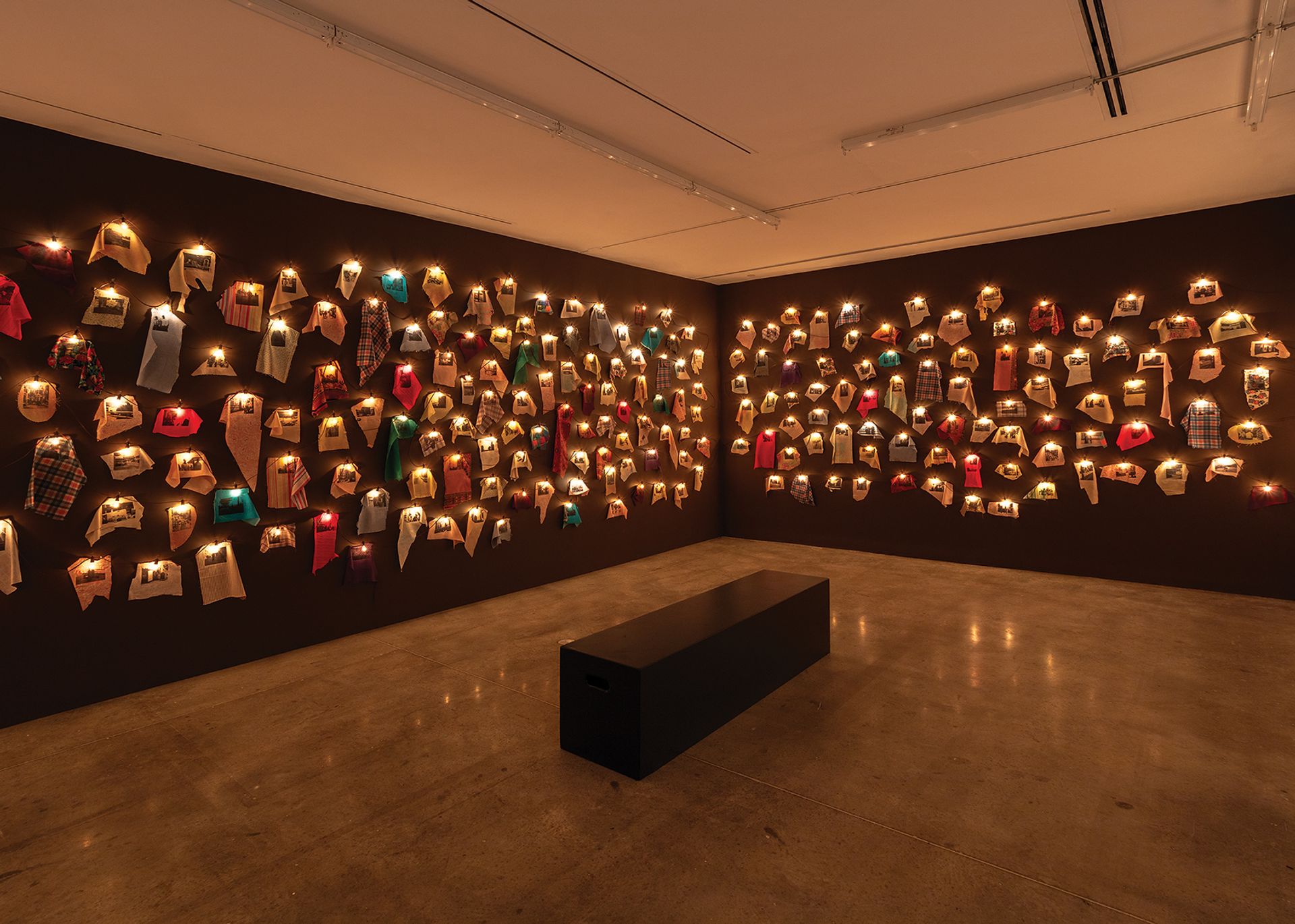
installation view of Clark’s Harlem Quilt (1997) in the exhibition June Clark: Witness at the Power Plant Contemporary Art Gallery, Toronto, until 11 August. The work was originally created during a residency at the Studio Museum in Harlem, New York
Photo: LF Documentation/Laura Findlay. Courtesy the artist and Daniel Faria Gallery
The show at the Power Plant has a lot of personal works that draw on memories about your family and your community. Some of these go back to the 1990s. What is it like revisiting those older works?
When I’m in the studio, I’m a particular person. When the work is that old, I really do have to reach back and figure out who that person was who made that work. It’s incredibly exciting to revisit work that I did years and years ago, and conjure the emotions and the people I was trying to honour.
Going back to Harlem Quilt; at the time, my mother and my sister were still alive. So you get wound back into the family circle, and they’re treating you like you’re seven again; my mother constantly asked me if my coat was warm enough during that year. My mother also taught me how to sew as a kid—she was a milliner—and when she went to the exhibition at the Studio Museum, she walked into the room with the Harlem Quilt and said, “That’s not a quilt.” When you go back home, you have to remember who you were—or they make you remember.
Harlem Quilt may not be a traditional quilt, but it shares a lot of the purposes of a quilt— recording a memory or a tradition through textiles. It also has a votive quality to it. It’s almost like walking into a chapel.
Yes, exactly, and it’s enveloping you. I’m very pleased with the way it turned out in the sense that I really wanted to conjure the feeling of growing up there and being surrounded by all of the people who cared about me and wanted me to be safe.
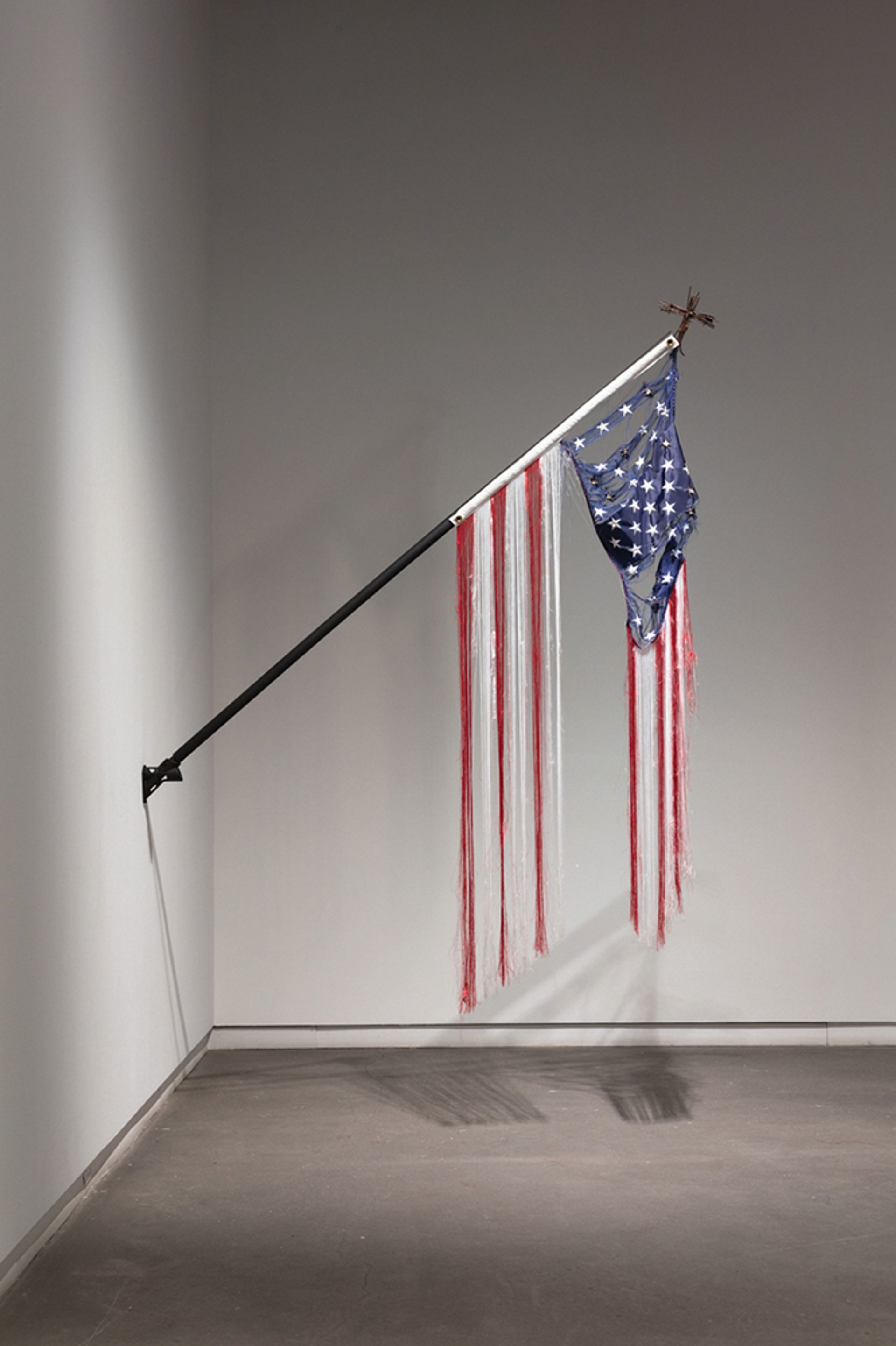
Clark’s Moral Disengagement (2014-17), one of the artist’s many works incorporating the US flag
© June Clark. Photo: LF Documentation. Courtesy the artist and Daniel Faria Gallery
The Art Gallery of Ontario exhibition, Unrequited Love, centres on a series of flag works that you have been creating throughout your career.
It was when I was making the Moral Disengagement piece, where I’m sitting there, pulling threads, that I looked around and saw how many flags I actually had done. I had to come to terms with how I felt about that symbol, and how that symbol had permeated my very being as a child. And then, with Colin Kaepernick [the American football player and civil rights activist who knelt during the national anthem in protest against racial injustice], I realised that people really weren’t understanding his gesture, the way I understood it—that’s why I’ve dedicated it to him. Because we all grew up with our hands every morning across our hearts, pledging allegiance not to our country, not to our president, but to the flag. And what the flag meant to us. And how it betrayed many of us, in the sense that we didn’t find ourselves in the flag.
As an American-born artist, who left the country during a difficult period in history, and who has spent most of your adult life outside the US, how has your perception of American identity changed over the years?
I wouldn’t say it has changed. America has changed. I still feel very, very connected to the soil there, which of course is why I do these flags and why I make this work. I love the country I grew up in. I don’t love the country that has been taken over by mean-spirited people. That’s a problem.
Do you think the American flag is something you’ll keep returning to?
I never know. I thought that I was finished with the Perseverance Suite, but there are a few new pieces I’m doing now. I never know about the Homage pieces, that could continue. You just never know what happens when you go into the studio—I can go in and expect to work on one piece, but another piece rises to the surface and takes my attention.
• Greater Toronto Art 2024: Triennial Exhibition, Museum of Contemporary Art Toronto, until 28 July
• June Clark: Witness, Power Plant Contemporary Art Gallery, Toronto, until 11 August
• June Clark: Unrequited Love, Art Gallery of Ontario, Toronto, until 5 January 2025
Biography
Born: 1941, Harlem, New York
Lives and works: Toronto, Canada
Education: 1988, BFA, York University, Toronto; 1990, MFA, York University, Toronto
Key Shows: 1990, Mnemosyne, Mercer Union, Toronto; 1994, Koffler Gallery, North York, Ontario; 1997, Studio Museum in Harlem, New York; 2000, Women’s Art Resource Centre, Toronto; 2018, Art Gallery of Ontario, Toronto; 2022-23, John & Mable Ringling Museum of Art, Sarasota, Florida
Represented by: Daniel Faria Gallery, Toronto

